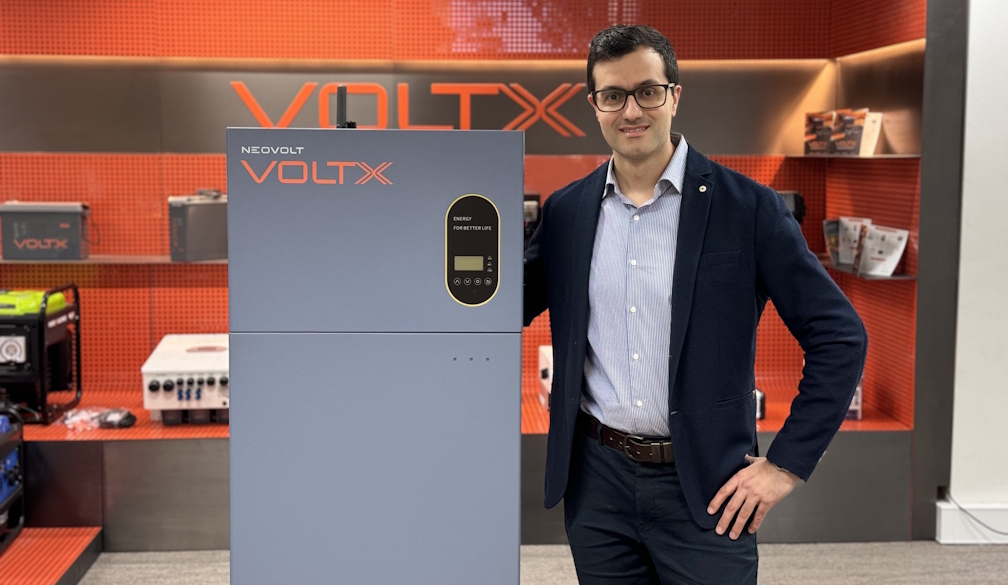What is childhood dementia? And how could new research help?
- Written by Kim Hemsley, Head, Childhood Dementia Research Group, Flinders Health and Medical Research Institute, College of Medicine and Public Health, Flinders University

“Childhood” and “dementia” are two words we wish we didn’t have to use together. But sadly, around 1,400 Australian children and young people[1] live with currently untreatable childhood dementia.
Broadly speaking, childhood dementia is caused by any one of more than 100[2] rare genetic disorders. Although the causes differ from dementia acquired later in life, the progressive nature of the illness is the same.
Half[3] of infants and children diagnosed with childhood dementia will not reach their tenth birthday, and most will die before turning 18[4].
Yet this devastating condition has lacked awareness, and importantly, the research attention needed to work towards treatments and a cure.
Read more: Playing a musical instrument or singing in a choir may boost your brain – new study[5]
More about the causes
Most types of childhood dementia are caused[6] by mutations[7] (or mistakes) in our DNA[8]. These mistakes lead to a range of rare genetic disorders, which in turn cause childhood dementia.
Two-thirds[9] of childhood dementia disorders are caused by “inborn errors of metabolism[10]”. This means the metabolic pathways involved in the breakdown of carbohydrates, lipids, fatty acids and proteins in the body fail.
As a result, nerve pathways fail to function, neurons (nerve cells that send messages around the body) die, and progressive cognitive decline occurs.
What happens to children with childhood dementia?
Most children initially appear unaffected. But after a period of apparently normal development, children with childhood dementia progressively lose[12] all previously acquired skills and abilities, such as talking, walking, learning, remembering and reasoning.
Childhood dementia also leads to significant changes in behaviour, such as aggression and hyperactivity. Severe sleep disturbance is common and vision and hearing can also be affected. Many children have seizures.
The age when symptoms start can vary, depending partly on the particular genetic disorder causing the dementia, but the average is around two years old[13]. The symptoms are caused by significant, progressive brain damage.
Are there any treatments available?
Childhood dementia treatments currently under evaluation[14] or approved are for a very limited number of disorders, and are only available in some parts of the world. These include gene replacement, gene-modified cell therapy[15] and protein or enzyme replacement therapy[16]. Enzyme replacement therapy is available in Australia for one form of childhood dementia[17]. These therapies attempt to “fix” the problems causing the disease, and have shown promising results.
Other experimental therapies include ones that target[18] faulty protein production or reduce inflammation[19] in the brain.
Read more: 20% of children have developmental delay. What does this mean for them, their families and the NDIS?[20]
Research attention is lacking
Death rates for Australian children with cancer nearly halved[21] between 1997 and 2017[22] thanks to research that has enabled the development of multiple treatments. But over recent decades, nothing has changed[23] for children with dementia.
In 2017–2023, research for childhood cancer received over four times more funding per patient compared to funding for childhood dementia[24]. This is despite childhood dementia causing a similar number of deaths[25] each year as childhood cancer.
The success for childhood cancer sufferers[26] in recent decades demonstrates how adequately funding medical research can lead to improvements in patient outcomes.
Another bottleneck for childhood dementia patients in Australia is the lack of access to clinical trials. An analysis[28] published in March this year showed that in December 2023, only two clinical trials were recruiting patients with childhood dementia in Australia.
Worldwide however, 54 trials were recruiting, meaning Australian patients and their families are left watching patients in other parts of the world receive potentially lifesaving treatments, with no recourse themselves.
That said, we’ve seen a slowing in the establishment of clinical trials[29] for childhood dementia across the world in recent years.
Read more: Dementia can be predicted more than a decade before diagnosis with these blood proteins[30]
In addition, we know from consultation with families[31] that current care and support systems are not meeting the needs[32] of children with dementia and their families.
New research
Recently, we were awarded new funding[33] for our research[34] on childhood dementia. This will help us continue and expand studies that seek to develop lifesaving treatments.
More broadly, we need to see increased funding in Australia and around the world for research to develop and translate treatments for the broad spectrum of childhood dementia conditions.
Dr Kristina Elvidge, head of research at the Childhood Dementia Initiative[35], and Megan Maack, director and CEO, contributed to this article.
References
- ^ 1,400 Australian children and young people (doi.org)
- ^ more than 100 (www.childhooddementia.org)
- ^ Half (doi.org)
- ^ before turning 18 (www.childhooddementia.org)
- ^ Playing a musical instrument or singing in a choir may boost your brain – new study (theconversation.com)
- ^ caused (academic.oup.com)
- ^ mutations (www.genome.gov)
- ^ DNA (www.genome.gov)
- ^ Two-thirds (doi.org)
- ^ inborn errors of metabolism (www.ncbi.nlm.nih.gov)
- ^ maxim ibragimov/Shutterstock (www.shutterstock.com)
- ^ progressively lose (doi.org)
- ^ two years old (doi.org)
- ^ under evaluation (www.childhooddementia.org)
- ^ gene-modified cell therapy (doi.org)
- ^ enzyme replacement therapy (www.nejm.org)
- ^ one form of childhood dementia (australianprescriber.tg.org.au)
- ^ target (doi.org)
- ^ reduce inflammation (doi.org)
- ^ 20% of children have developmental delay. What does this mean for them, their families and the NDIS? (theconversation.com)
- ^ nearly halved (www.childhooddementia.org)
- ^ 1997 and 2017 (www.aihw.gov.au)
- ^ nothing has changed (www.childhooddementia.org)
- ^ childhood dementia (www.childhooddementia.org)
- ^ similar number of deaths (doi.org)
- ^ for childhood cancer sufferers (www.aihw.gov.au)
- ^ Miljan Zivkovic/Shutterstock (www.shutterstock.com)
- ^ analysis (www.childhooddementia.org)
- ^ clinical trials (www.childhooddementia.org)
- ^ Dementia can be predicted more than a decade before diagnosis with these blood proteins (theconversation.com)
- ^ consultation with families (www.childhooddementia.org)
- ^ are not meeting the needs (www.childhooddementia.org)
- ^ new funding (www.premier.sa.gov.au)
- ^ our research (www.flinders.edu.au)
- ^ Childhood Dementia Initiative (www.childhooddementia.org)
Read more https://theconversation.com/what-is-childhood-dementia-and-how-could-new-research-help-228508

















